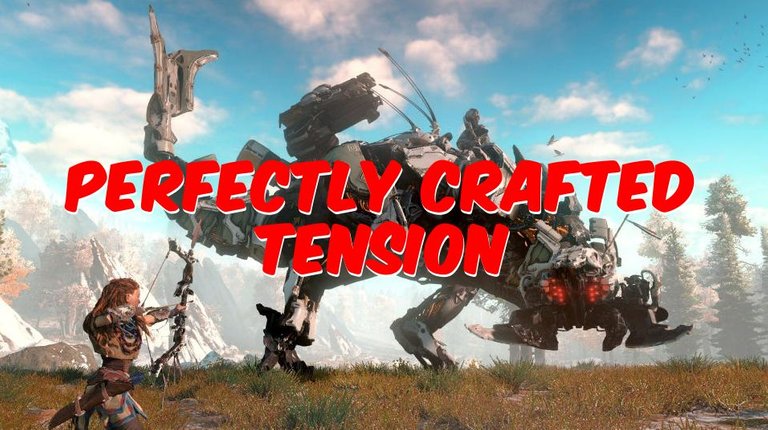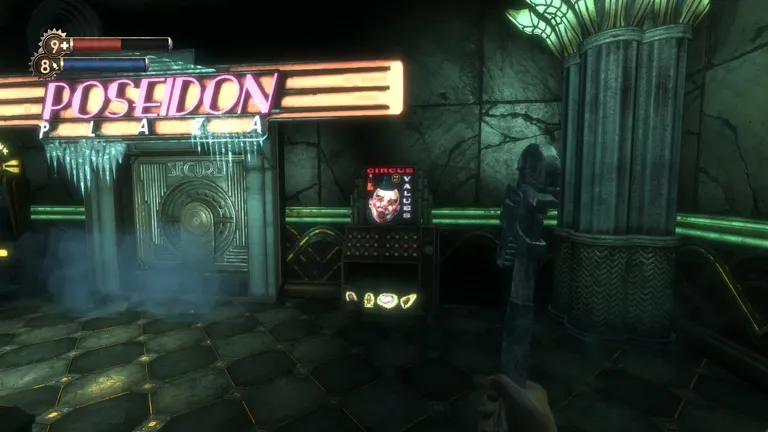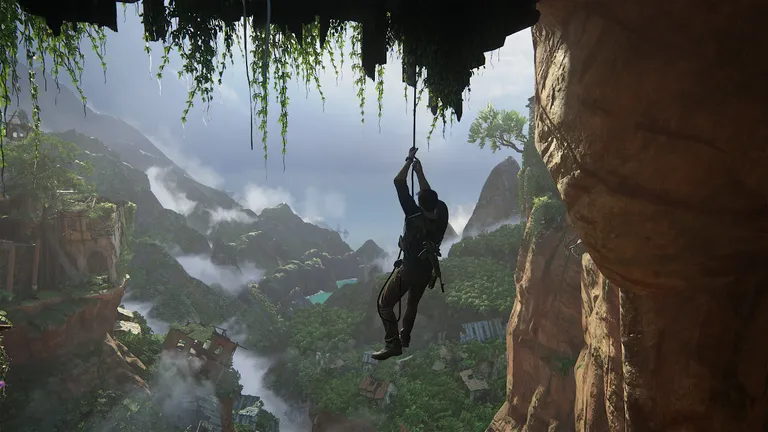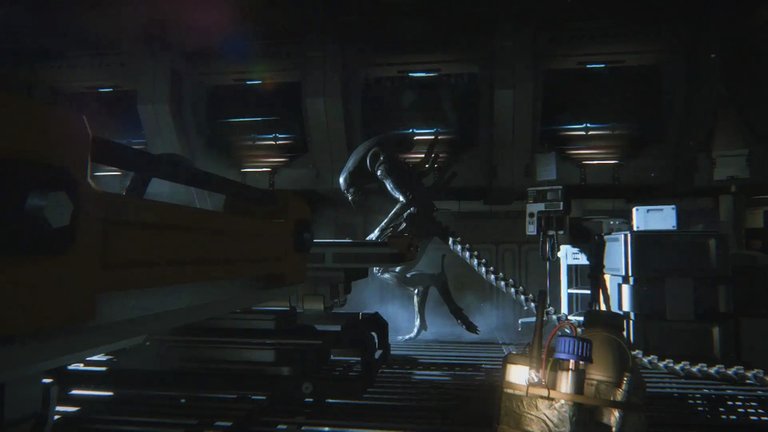
In case you missed it. Game developers are lying to you. But not for malicious reasons (well, not always), instead they are using deceiving techniques and hidden mechanics to make the game experience more engaging and immersive. This time we are going to explore how developers are able to constantly create tension and maintain the flow of the game no matter your skill level.
Crafted Tension
Conflict is often considered the driving force of drama and is used in narrative media to evoke emotions and interest among audiences. In film, the director has complete control over the pacing and retention of conflicts, using them to maintain suspense and tension and keep viewers engaged. Pacing is particularly effective in film, as the format is condensed and only includes elements that are essential to advancing the plot. This creates a powerful and purposeful experience that captivates audiences within a few hours.
In games, the concept of pacing is less defined as the plot and the way it is presented are not always the main focus of the gameplay experience. Games are much broader in the sense that you have gameplay mechanics, like combat, exploration, narrative branching, side quests, radiant activities, etc.
Ragged Edge
First off, we gonna start again with BioShock. As covered in the previous post, we already know that BioShock is using hidden mechanics to make you feel like you have better reflexes, are the master of clutch situations, and so on. All of these mechanics contribute to this constant tension you can feel during the playthrough.
Ragged edge's purpose is also to keep the tension, while maintaining focus on the narrative and therefore broaden the audience by allowing players of different skill levels to play a challenging game.

What you can see in the image above, is the infamous Vending Machine of Bioshock, a place where you are able to exchange your in-game cash for resources, such as ammunition and healing items. This is where the trick happens. The game is coded in such a way that depending on your efficiency in using your items and ammo, the game will raise or lower the drop rate of the specific items. If you have a lot of let's say pistol ammo, the game will stop giving you the said ammo. Additionally, the cash you have on you plays a huge role in drop rates too. If you are loaded with money, the game basically stops dropping items and forces you to use it on these vending machines to get what you need.
If you ever played BioShock there's a chance you didn't even notice this was happening because it is implemented so well. This mechanic enables the game to be enjoyable and challenging to players of all skill levels by not being too punishing or too lenient with its "assistance".
Another game that has a similar mechanic for ammunition drop is Resident Evil 4. They call it Reactive Ammunition Drop. Basically works the same, in addition, the game looks at what weapons you carry so it can provide you more ammo of weapons you actually have vs the ones you don't have. I mentioned this because the goal of these mechanics was immersion and tension but it turns out that Speedrunners are able to use these mechanics to develop strategies for beating the game, which is just awesome.

Flow Control
This is something that every game is trying to achieve and balance. Just like in adventure and action movies. All those Yippee-Ki-Yay, Motherf*cker moments from Die Hard, Indiana Jones outrunning boulders, driving, and fighting scenes. Everything is happening just at the right speed to keep the tension until the very last second.

Uncharted series is one of the most recognizable video game franchises because they control the flow of the game so well, by mixing action scenes with cinematics so well. If you never played Uncharted, take a look at the scene to help you understand what I'm talking about:
This whole sequence is beautifully constructed to give you that tense moment of "WTF, oh shit, oh shit, oh shit", but somehow you make it through by the skin of your teeth. You feel like somehow your skill and reflexes got you through this alive... again.
Well... It was all an illusion, of course. The way this works is pretty elegant. The game is constantly keeping track of your speed, and adjusted the speed of animations so that you are always on the verge of failing. Starting from that bridge collapse, you just feel like if you were driving a bit faster you would make it. Flowing don't the river, you just feel like you are controlling your direction with the car. And lastly, while swinging on that rope, the game is telling you that the tree is going to collapse any second now, but it will always wait for you to do the final jump before it happens.
I'm sorry to burst anyone's bubble, it is how it is. This is the reason you are actually having FUN. Next time you load up the new Uncharted game, and even though you know this, it will still do its job of keeping you immersed and entertained.
AI is Acting Dumb Again

Did you know that in the game Alien: Isolation, the alien's AI is split into two parts? The Alien AI, which controls the alien's behavior and reactions to the player, and the Alien Navigation AI, which controls the alien's movement and pathfinding.
This allows the alien to move and react in a believable way, creating a sense of unpredictability and danger for the player. The Alien AI uses a behavior tree system, where developers control the alien's actions and reactions to the player's actions, while the Alien Navigation AI uses pathfinding algorithms and dynamic obstacle avoidance to move around the environment. The Alien Navigation AI also uses the player's position to track and plan its movements. This split system allows for a more realistic and dynamic AI experience, making each encounter with the alien feel unique and challenging.
Basically, the Alien is cheating and always knows where you are. But for a good reason. This makes the Alien move to places that are more relevant to your position and therefore it makes it a constant, believable, and threatening presence. Otherwise if Alien, was going to random places, you might end up with a dull and empty experience and that wouldn't be FUN and at all.

In summary, hidden mechanics that build tension are a powerful tool for game developers to create immersive and challenging gaming experiences. They add a sense of uncertainty and unpredictability to the game, making it more engaging and interesting for us the players. These mechanics are adjusting to your skill level so that no matter how good or bad you are at these games. You will get the engaging and challenging experience that developers want you to have.
It's not that bad but if you are a competitive gamer, you might feel like sometimes the game is not being fair to you, as if matchmaking is rigged or something. Well, I hate to break it to you, IT IS, and there is a patent for it. If you are interested in reading about this, see ya at the third and final, and the most controversial hidden mechanic in games ever employed.
And as always, thank you for reading!
Sources:






